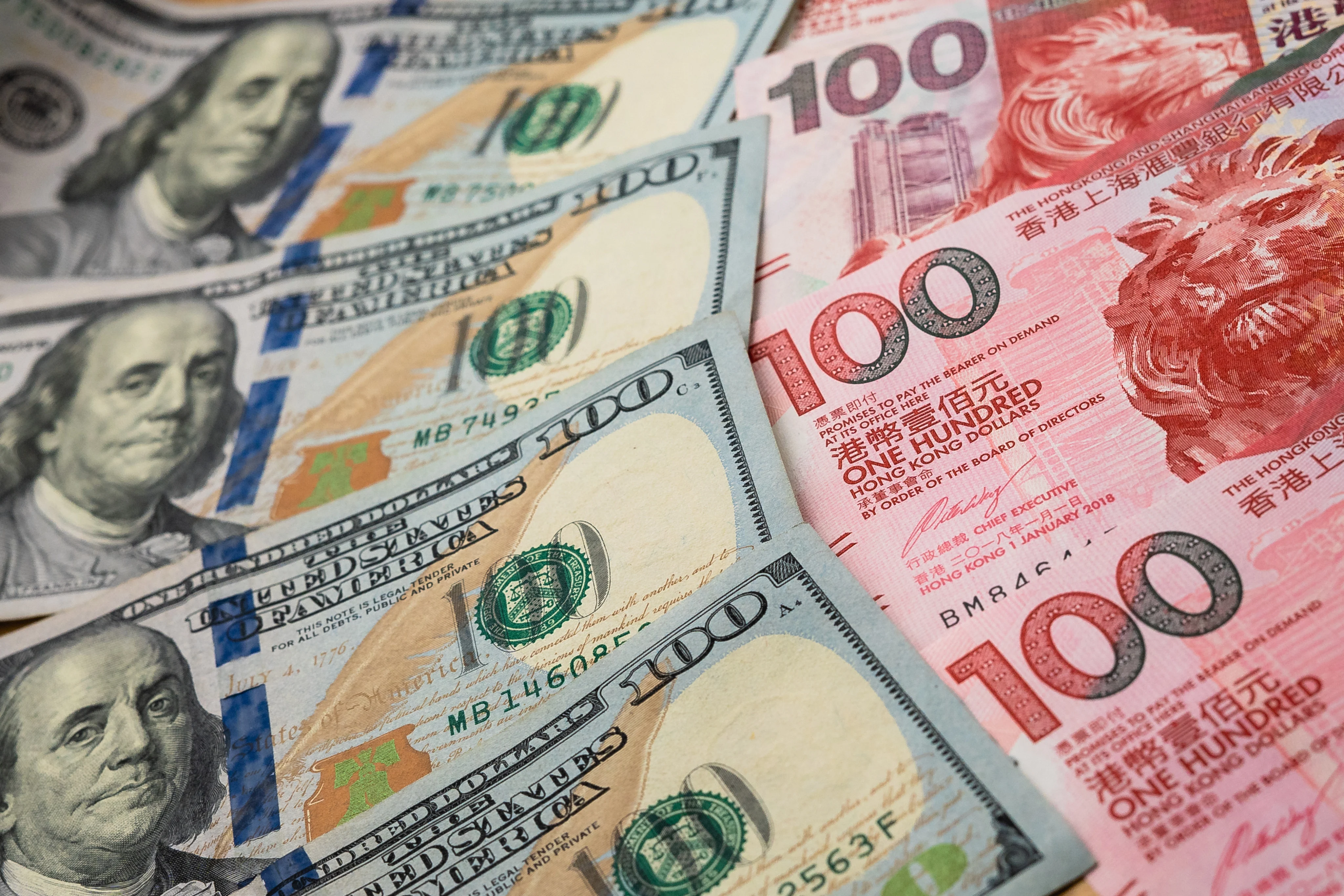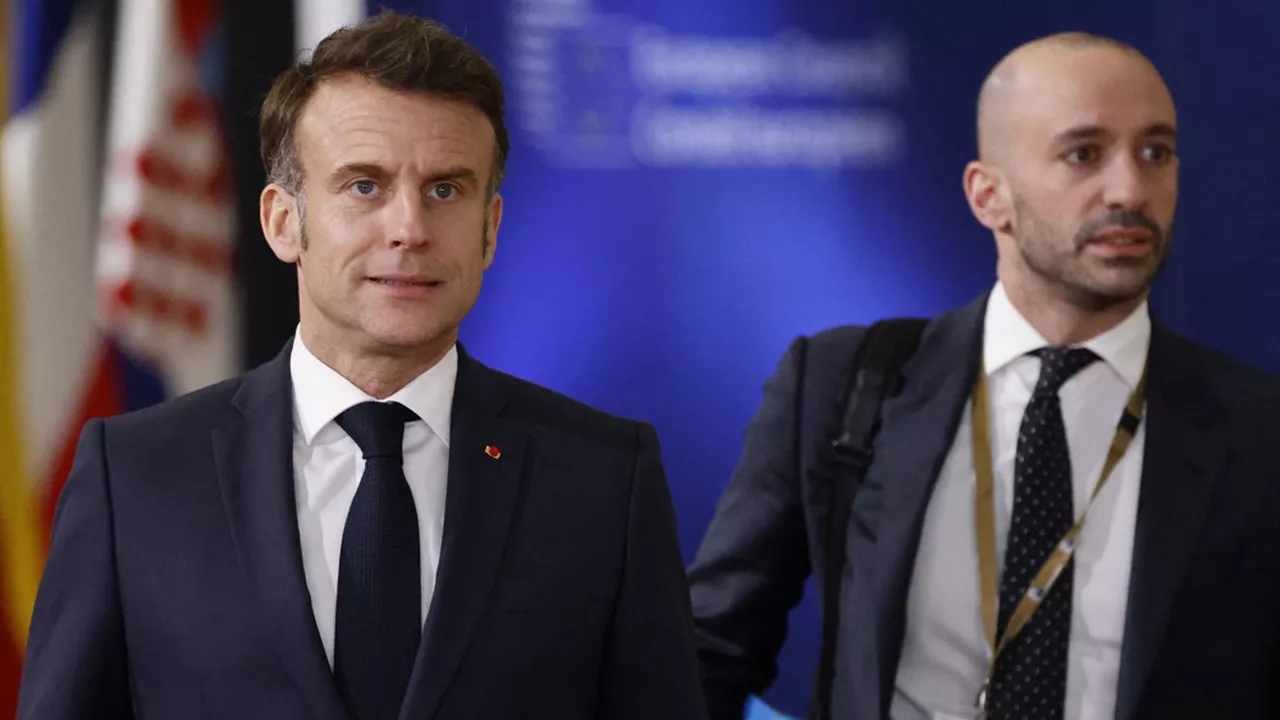Hong Kong Ramps Up Efforts to Defend Currency Peg Amid Market Pressure
As global interest rate differentials widen, Hong Kong is intensifying its defense of the local dollar’s peg to the U.S. dollar. Analysts say the current intervention is only the beginning of a prolonged battle to maintain monetary stability in Asia’s premier financial hub.
Hong Kong’s central bank is escalating efforts to protect its long-standing currency peg to the U. S. dollar, as rising interest rates abroad and capital outflows increase downward pressure on the Hong Kong dollar.
In a series of market interventions, the Hong Kong Monetary Authority (HKMA) has injected billions of dollars to shore up the local currency and reaffirm its commitment to the linked exchange rate system. Since 1983, the Hong Kong dollar (HKD) has been pegged to the U. S.
dollar within a tight band of 7. 75 to 7. 85.
This system has weathered global financial storms, providing stability in a region prone to volatility. However, the widening gap between U. S.
and Hong Kong interest rates is testing the limits of that stability. Why the Peg Is Under Pressure
The primary source of strain comes from the U. S.
Federal Reserve’s aggressive rate hikes, which have significantly increased the yield on U. S. dollar assets.
In contrast, Hong Kong's rates—while loosely tracking the Fed—remain lower due to ample liquidity and a relatively soft economic recovery. This interest rate divergence incentivizes investors and institutions to move capital out of Hong Kong and into higher-yielding U. S.
assets, weakening the HKD and bringing it closer to the lower end of its allowable trading band. In response, the HKMA has repeatedly stepped in, purchasing HKD and selling USD to keep the currency from breaching the band. Just in recent weeks, it conducted over a dozen market operations, draining liquidity from the banking system in the process.
The Tools of Defense
The HKMA’s playbook includes several tried-and-tested tools:
- Currency Interventions: The central bank sells U. S. dollars and buys Hong Kong dollars in the forex market when the HKD nears 7.
85. - Liquidity Management: It adjusts the aggregate balance—the amount of money available in the banking system—to tighten or loosen liquidity as needed. - Base Rate Adjustments: While it mirrors the Fed’s moves to some extent, HKMA also adjusts the base rate under its Discount Window to influence local borrowing costs.
These interventions have so far succeeded in keeping the HKD within its mandated band. But analysts warn that the pressure is likely to persist—and may even intensify if the Fed holds rates higher for longer. What’s at Stake
The currency peg is more than just a monetary mechanism—it is foundational to Hong Kong’s identity as a global financial center.
It underpins investor confidence, attracts capital inflows, and provides predictability for international trade and finance. Any failure to defend the peg would be seen as a serious policy breach, undermining Hong Kong’s credibility and potentially triggering market panic. “Maintaining the peg is non-negotiable,” said Alicia García Herrero, chief Asia-Pacific economist at Natixis.
“It’s the backbone of Hong Kong’s economic model. The HKMA will do whatever it takes to uphold it. ”
The Risks of Prolonged Defense
However, defending the currency is not without costs.
Continuous interventions reduce banking system liquidity, which in turn tightens credit conditions. Already, the interbank lending rate (HIBOR) has begun to rise, increasing borrowing costs for consumers and businesses. This could weigh further on Hong Kong’s sluggish post-pandemic recovery, particularly in the property sector, where mortgage rates are sensitive to short-term interest rates.
Moreover, if capital outflows accelerate, the HKMA may be forced to sell even more of its USD reserves, raising questions about long-term sustainability—even though it currently holds over $400 billion in foreign exchange reserves. Geopolitical Sensitivities
The currency peg also exists in a complex geopolitical context. With rising tensions between the U.
S. and China, Hong Kong’s autonomy and financial role are closely watched. Any volatility in its monetary system could be interpreted as a sign of systemic vulnerability or political instability.
Beijing, which supports the peg, has a strong interest in maintaining Hong Kong’s role as an offshore financial bridge. Some analysts speculate that Chinese support may come into play if pressure on the HKD escalates dramatically. Looking Ahead
For now, markets expect the HKMA to stay the course, using every tool at its disposal to defend the peg.
But with the U. S. economy showing resilience and global investors continuing to chase yield, the currency battle may last longer than anticipated.
“Think of this as the first inning of a long game,” said Jason Li, a currency strategist at Nomura. “The peg will hold—but it will come at a cost. The question is how much pain the system can absorb.
”
Conclusion: An Uphill Defense, Not a Crisis—Yet
Hong Kong’s commitment to its currency peg is unwavering, and for good reason. It remains a linchpin of the region’s financial architecture and a symbol of economic discipline. But maintaining it in today’s rate environment is becoming increasingly complex.
With global macro conditions shifting and geopolitical tensions simmering, the HKMA’s challenge is not just to protect a number on a chart—but to uphold the integrity of one of the world's most respected monetary regimes. Whether it’s a brief skirmish or a drawn-out siege, one thing is clear: Hong Kong’s defense of its currency band has only just begun.




